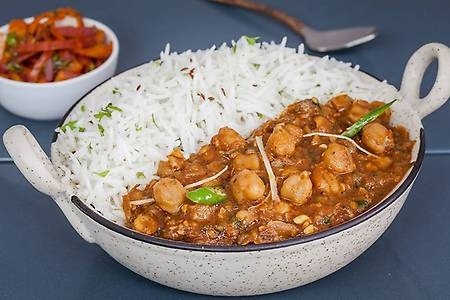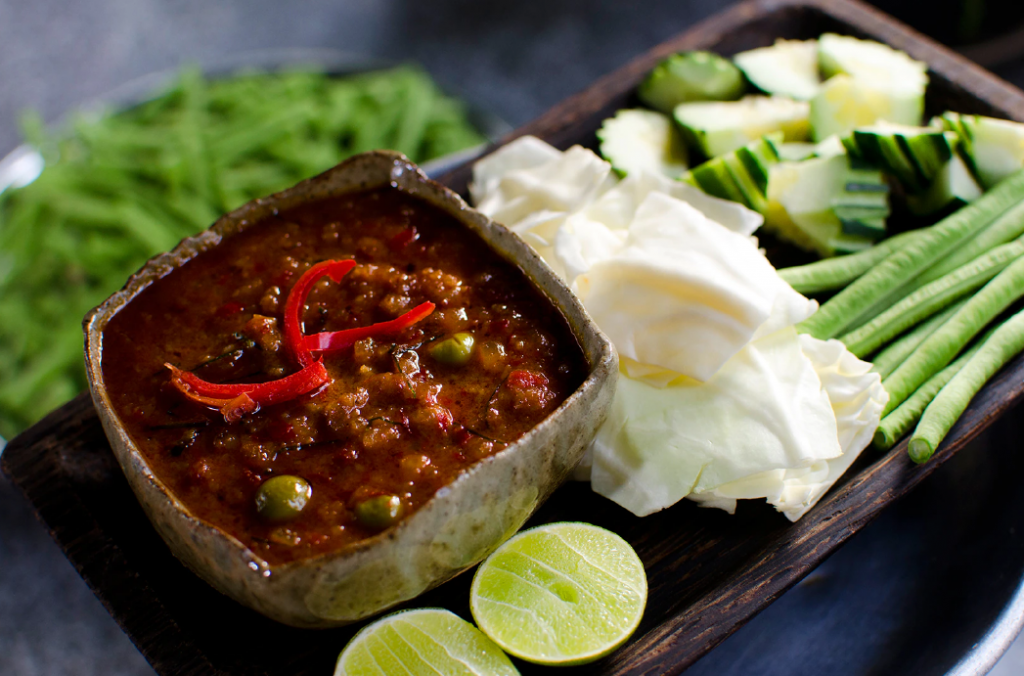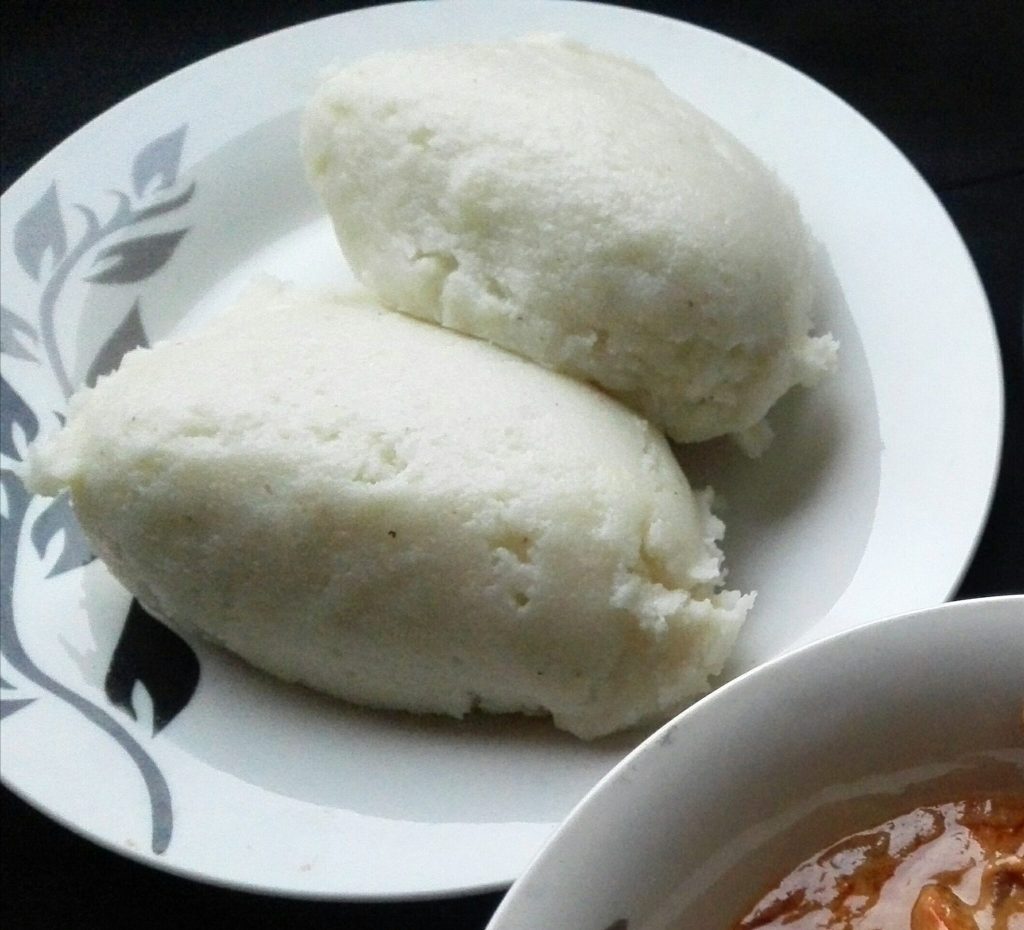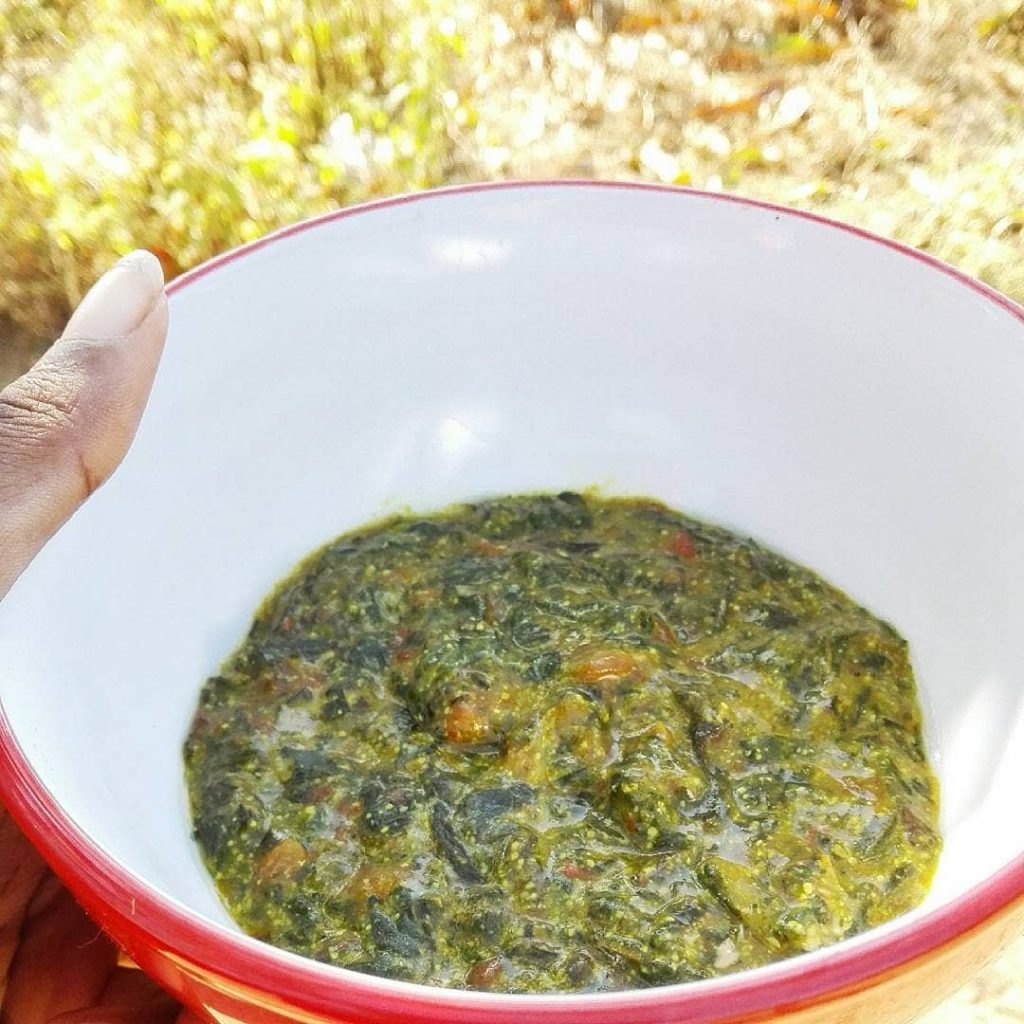
- Date
- 20th May 2021
- Categories
By Joni Cook (Loughborough University), Shukri Abdulkadir (Loughborough University), Melinda Barnard-Tallier (Gamos Ltd.) and Jon Leary (Loughborough University).
MECS and our Country Partners are delighted to join in celebrating World Day for Cultural Diversity for Dialogue and Development by showcasing a range of dishes and their cultural importance for our partners. Culture is inextricably linked with food and cooking practices across the world, at local, regional, country and continental scales. MECS strives to recognise cultural diversity and whilst our aim is for transition to clean cooking, we respect the deep cultural connection to food, and subsequently cooking, that exists in communities and the need for sensitive transitions that celebrate and value diversity rather than a single fix solution that ignores cultural differences.
On this year’s WCD, to keep with the theme of cooking, we want to celebrate and showcase a small sample of the diverse food and cooking cultures of the countries and teams we, here at MECS, are proud to work with. We invited colleagues from partner organisations in Cambodia, India, Uganda and Zambia to share a recipe which they feel is culturally significant and captures some of the essence of their country and/or region. We are delighted to showcase a delicious range of dishes below.
Chole chawal (gravy chickpeas and rice)

Most of these shared recipes are popular dishes that are enjoyed on an almost everyday basis. The showcased dishes are a reflection of the traditions and cooking practices in each country, and are heavily influenced by the historical and contemporary culture, climate and environment. Sheetal of Finovista comments, “Chole Chawal illustrates the historical Persian influence underlying contemporary food culture in India. The dish is one of many introduced by the Mughals who settled in India during the 16th Century, along with new cooking processes such as the use of the tandoor (clay oven) and bread baking”.
In Cambodia, prahok (fermented salted fish) is a key traditional ingredient used in the preparation of Prahok Ktiss, a centuries old recipe for pork belly. Prahok originally developed as an innovative method to preserve fish (usually freshwater mudfish) to sustain communities during the months when fresh fish was not in ready supply, and continues to feature strongly in Khmer cuisine, enjoyed as a main course alongside rice and as a condiment in many dishes including soups and sauces. Chivorn of International Development Enterprises comments: “another main ingredient in this dish is Kroeung, a yellow curry-like paste which is made out of a combination of lemongrass, garlic, turmeric, shallot, galangal, makrut lime leaves, and red chilli. Kroeung is used in many Cambodian dishes, we even use the ingredients in it for hot compress massage and believe it has benefits for our health as well”.
Prahok ktiss (pork belly with fermented fish)

Food is deeply entwined with celebrations and rituals throughout the world, and in Zambia, Munkoyo, a non-alcoholic corn meal-based beverage, is often consumed at pre-marriage ceremonies or at funerals. Precious of Zambian Kitchen comments, “It is a refreshing beverage that can be enjoyed especially in the hot season as a cold drink. Recipes of how to make Munkoyo, and other traditional beverages of Thobwa and Chibwantu all use a fermentation process so as to improve its taste. The fermentation takes place with the aid of the Munkoyo root (Rhynchosia venulosa). It gets alcoholic as it ferments. One needs to be careful when taking highly fermented Munkoyo as it can cause a stomach upset”. Colleagues at CEEEZ add, “Munkoyo is prepared at chilanga mulilo (translated as ‘show fire’ and it’s a pre-marriage event where the bride and her family/friends cook different types of food which her future husband and family will expect to find at the couple’s home when they get married), funerals and sometimes just as a refreshment drink in most homes. The munkoyo is kept for a day or two before it’s taken. Sugar is added to taste”.
Munkoyo (non-alcoholic beverage)

Some recipes that our partners have selected as the most culturally important are starch-based staples served at almost every mealtime, such as Matooke, a green banana dish (Uganda) and Nshima, a corn meal based thick porridge which is typically served with Visashi / Ifisashi, a side dish made from pumpkin leaves and groundnut powder (Zambia). Whilst both staple dishes are relatively simple and economical in terms of the number and type of ingredients, they differ substantially in the time taken to prepare. In the case of preparing Matooke by steaming, Agnes of CREEC comments, “peeled and washed bananas are wrapped in Endagala (banana leaves) before undergoing two cooking stages, the first lasting 2 hours. The simmering duration [of the second cooking stage] can vary from minutes to several hours depending on user or consumer preference; for die-hard matooke lovers, the longer the food is allowed to simmer, the better. No meal in Uganda would be complete without matooke; in fact to many people especially the Baganda the term ‘emeere’ means matooke though the term’s translation means food. To be invited to somebody’s home in Buganda (including Kampala) or western Uganda and be served pasta, rice and irish potato as a staple is downright frowned upon and considered near unorthodox”.
Matooke (green banana)

For Nshima, the porridge can be prepared in about half hour, first by preparing a paste using the ground corn meal (‘mealy meal’) and water, then adding a larger volume of water and stirring whilst heating until a thick porridge consistency is reached. The dish is typically served with Visashi (Bemba language)/ Ifisashi (Nyanja language), a ‘greens’ with groundnut (peanut) sauce side dish. Colleagues at CEEEZ comment, “The visashi / ifisashi in this case is chibwabwa (pumpkin leaves) blended with groundnut powder. This combination is prepared in every part of the country. We have these new restaurants called matebeto which are specialised in preparing and serving traditional dishes and visashi is one of them”.
Nshima (corn meal porridge)

Visashi (Bemba)/ Ifisashi (Nyanja) (pumpkin leaf & groundnut (peanut) side dish)

We hope that you enjoyed reading about the cultural background to these dishes and will be trying out the recipes! Join us on Twitter in celebrating cultural diversity in honour of WCD, where we will be further showcasing these delicious dishes shared by our partner organisations from around the world. We invite you to share recipes with us on Twitter that are culturally important in your house, region or country. We know we’re looking forward to trying out the various wonderful dishes.
Further unleash your creativity in the kitchen with more delicious recipes shared by everyday cooks situated in Kenya and Tanzania in our downloadable eCookBooks. Subscribe to our monthly newsletter to receive the latest news on future cookbooks. We can’t wait to get cooking – we hope you enjoy. Do tag/send us in your cooking journey!
……………………………..
With many thanks to our partners at the Center for Energy, Environment and Engineering Zambia (CEEEZ), Centre for Research in Energy and Energy Conservation (CREEC) (Uganda), Finovista (India), and International Development Enterprises (iDE) (Cambodia) as well as food blogger Zambian Kitchen.